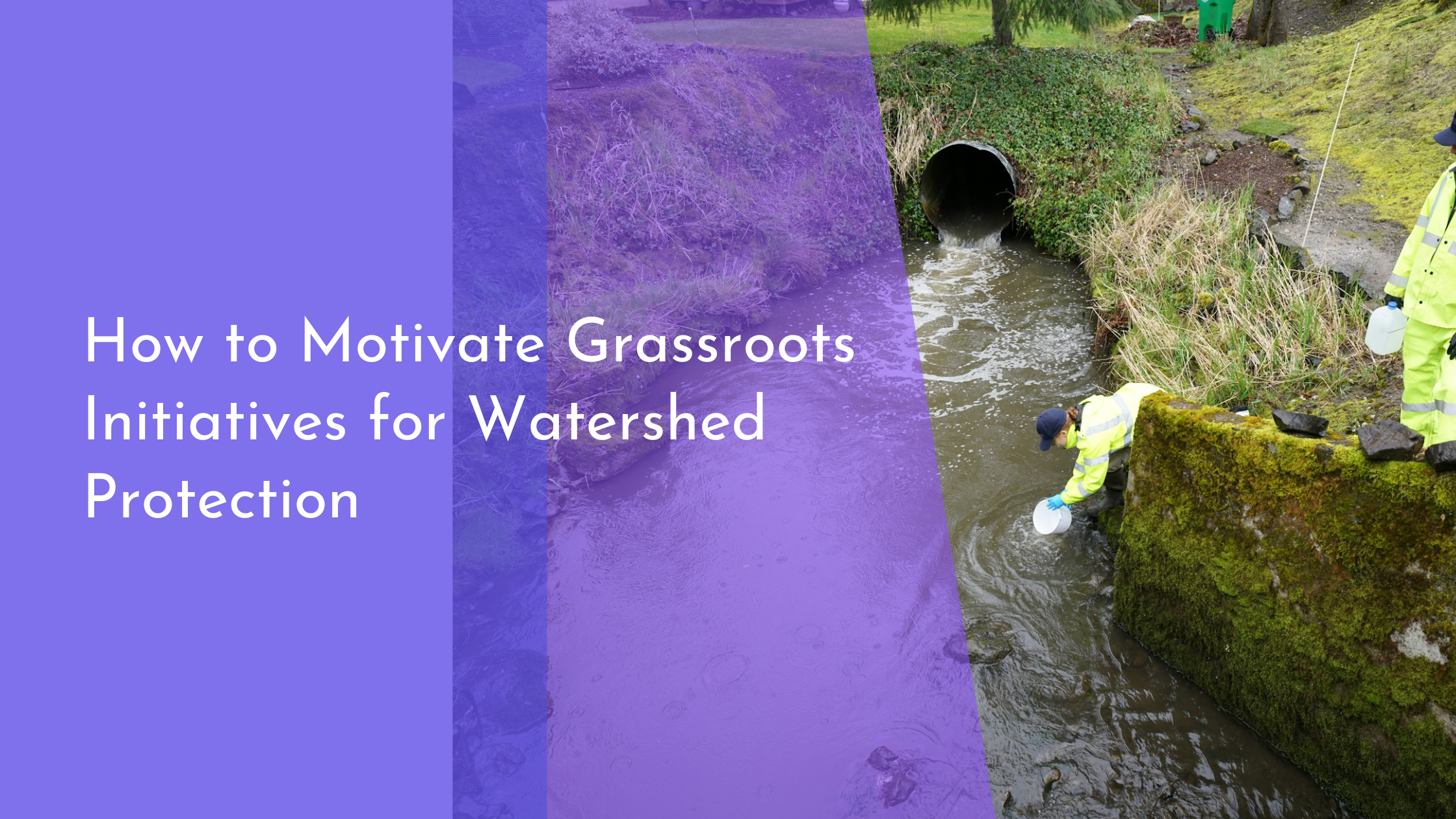How to Motivate Grassroots Initiatives for Watershed Protection
Watershed protection is a crucial aspect of maintaining the health and sustainability of our natural environment. These areas, which channel rainfall and snowmelt to creeks, streams, and rivers, ultimately support entire ecosystems and human communities. Grassroots initiatives play a vital role in safeguarding these vital resources, fostering local participation, and addressing environmental challenges. This article explores strategies to motivate grassroots involvement in watershed protection by understanding its importance, engaging communities, leveraging education, and harnessing technology.
Understanding the Importance of Watershed Protection
Watersheds are essential in maintaining ecological balance and providing fresh water for drinking, agriculture, and industry. Protecting these regions is crucial to preserve water quality, prevent soil erosion, and maintain biodiversity. Healthy watersheds act as natural filters, reducing pollutants and controlling floodwaters, which benefits both the environment and nearby human populations. By comprehending the role watersheds play, communities can recognize the direct impact their conservation has on their daily lives and long-term environmental health.
Educating communities about the interconnectedness of watersheds and human activities is crucial for raising awareness and fostering stewardship. Many people may not realize how their everyday actions, such as improper waste disposal or overuse of pesticides, can negatively affect local water sources. By highlighting these connections and the potential consequences of inaction, individuals can feel a greater sense of responsibility and urgency to participate in protective measures. This foundational understanding serves as a motivating factor for grassroots initiatives, encouraging a sense of ownership and commitment to watershed health.
Engaging Local Communities in Environmental Efforts
Engaging local communities in watershed protection efforts starts with building a sense of ownership and accountability among residents. Community participation can be enhanced through inclusive dialogues, workshops, and public meetings, where residents have the opportunity to voice concerns, share ideas, and collaborate on solutions. Empowering locals by involving them in decision-making processes ensures that conservation efforts are tailored to the community’s specific needs and perspectives, making them more effective and sustainable in the long run.
Creating opportunities for hands-on involvement is another effective strategy for community engagement. Volunteer activities such as tree planting, river clean-ups, or citizen science projects enable individuals to contribute directly to watershed health. These activities not only benefit the environment but also help strengthen community bonds and foster a sense of pride in protecting local resources. By providing diverse and accessible participation options, grassroots initiatives can tap into the unique skills and passions of community members, driving sustained commitment to watershed protection.
Leveraging Education to Inspire Active Participation
Education is a powerful tool for inspiring active participation in watershed protection. Schools, community centers, and local organizations can play pivotal roles in disseminating information and fostering environmental literacy. By incorporating watershed education into existing curricula and programs, young people can learn about their local ecosystems from an early age, instilling a lifelong appreciation and responsibility for environmental stewardship. Educational campaigns can also target adults, offering workshops and seminars that highlight the practical benefits and techniques of watershed conservation.
Storytelling and sharing success stories can also serve as inspirational educational tools. Showcasing successful grassroots initiatives and the tangible improvements they have achieved can motivate others to get involved. Personal stories of positive change and community resilience can resonate emotionally, encouraging individuals to take that first step towards active participation. By making the process of learning engaging and relatable, education can be a driving force in building a strong, informed, and motivated community dedicated to protecting their watersheds.
Harnessing Technology for Effective Watershed Advocacy
In the digital age, technology can be a powerful ally in advocating for watershed protection. Online platforms and social media can help spread awareness, organize events, and mobilize support. Virtual communities offer spaces for sharing information, coordinating efforts, and engaging with like-minded individuals across geographical boundaries. By utilizing technology to amplify their reach and impact, grassroots initiatives can extend their influence beyond local communities, fostering a larger network of advocates committed to watershed protection.
Technology also provides innovative tools for monitoring and managing watershed health. Remote sensing, geographic information systems (GIS), and mobile applications allow communities to collect and analyze data on water quality, land use, and environmental changes. This data-driven approach enables informed decision-making and proactive measures, empowering grassroots initiatives with the knowledge needed to advocate effectively for necessary interventions. Technology not only enhances the efficiency of conservation efforts but also encourages transparency and accountability, strengthening the trust and cooperation between community members and stakeholders.
Motivating grassroots initiatives for watershed protection involves a multifaceted approach that combines education, community engagement, and technology. By understanding the significance of these natural systems and leveraging local resources and talents, communities can champion effective conservation efforts. With a collective focus on stewardship and sustainable practices, grassroots initiatives have the potential to create meaningful, lasting impacts on watershed health and overall environmental well-being. Embracing these strategies with optimism and determination ensures a brighter, more resilient future for our natural resources and the communities that depend on them.

